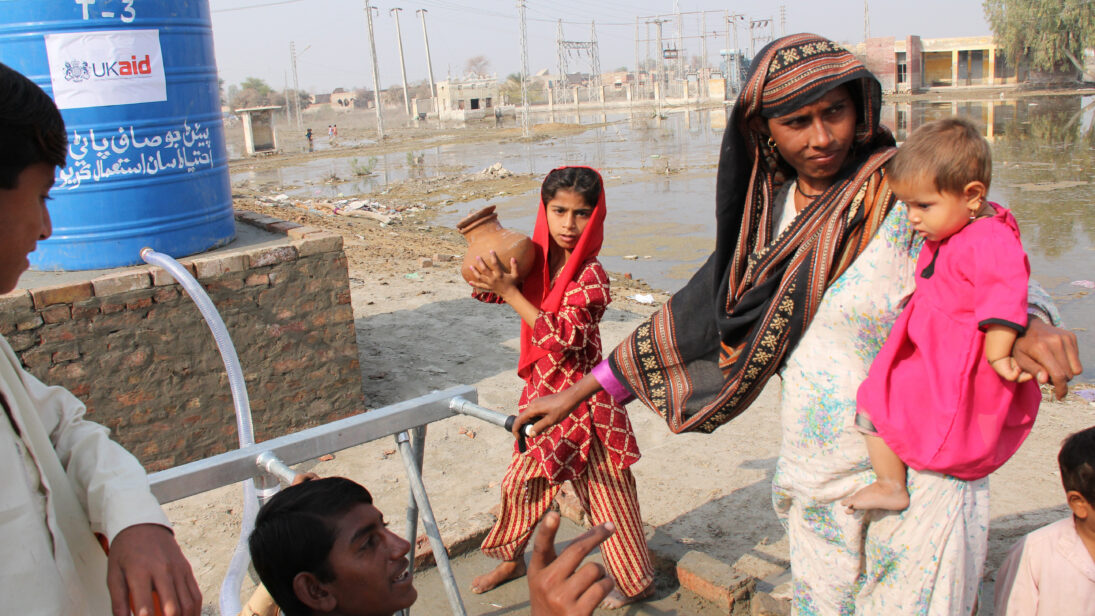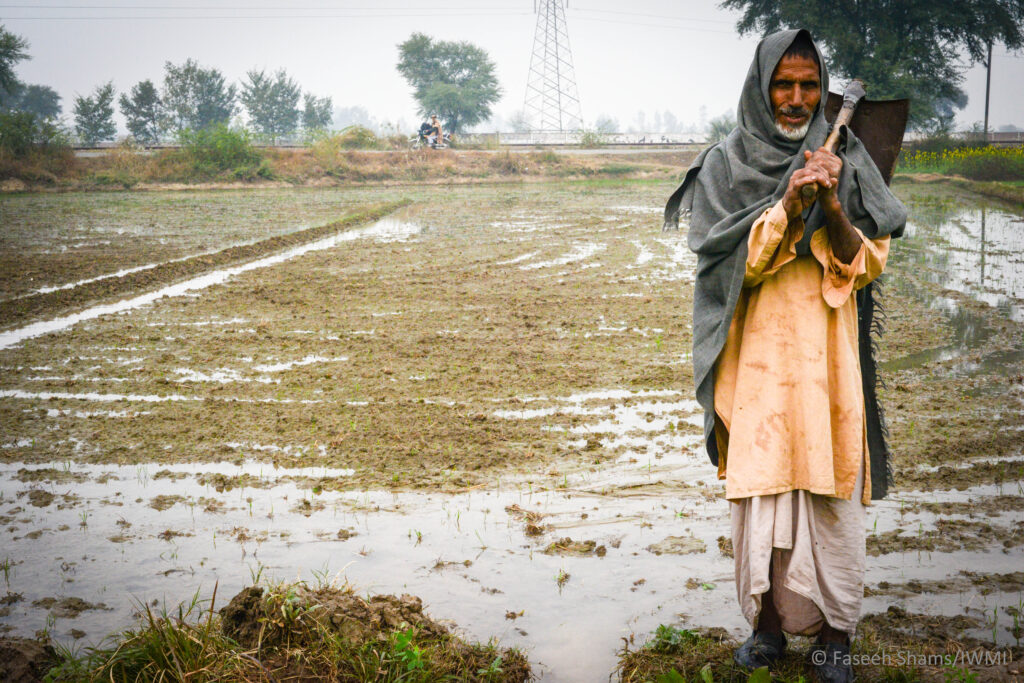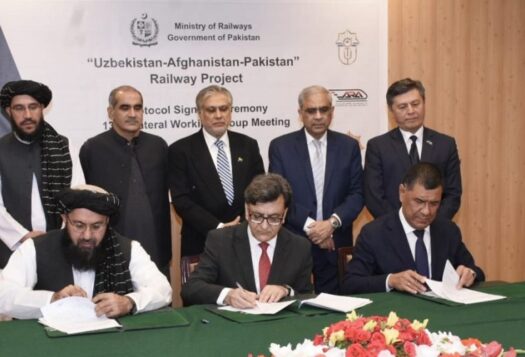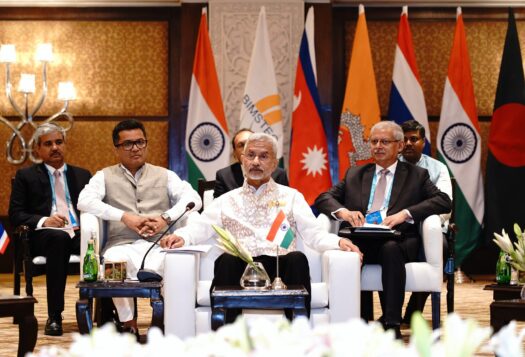
Arriving in Pakistan in February 2023, the IMF mission stood ready to complete its ninth review of the program, which had been pending since December 2022. Prior to signing a staff-level agreement, negotiations revealed that the IMF had urged Pakistan to undertake several actions exchanging short term economic growth and political goodwill for long-term macroeconomic stability. After the agreement is signed, the economy will continue to face headwinds, opening space to blame the IMF for economic hardship and advancing American hegemonic designs to Pakistan’s short-term detriment. Despite this, Pakistan is expected to begrudgingly enter another IMF program at the start of 2024. The story is not new for Pakistan and its relationship with the IMF.
Pakistan Economy: Developments in Fiscal Year 2022
After the commodity super cycle started in February 2022, Pakistan’s imports skyrocketed. In FY2022, the country made imports of $80 billion while exports stood at around $31 billion. The additional foreign exchange requirement put pressure on the Pakistani rupee which continued to lose value through the rest of FY2022 and in the first two quarters of FY2023. The depreciation of the rupee also made debt servicing and repayments more expensive leading to a debt crisis that left the country on the brink of default. Pakistan, Sri Lanka, and Egypt, the three countries on the default radar in 2022, all had interest payments on debt account for more than 40 percent of the government revenues. Sri Lanka finally tipped over the red line to announce default in May 2022.
IMF programs typically require financial managers of recipient countries to adopt policies aimed at macroeconomic stability to fix structural issues in the economy.
When the union government was formed in April 2022, the rupee was pegged at Rs.180 to a dollar. The Russian invasion of Ukraine had just happened and many emerging and frontier markets were rushing headlong towards a default. Inflation remained high in Pakistan even in the run-up to the commodity super-cycle and growth was projected at three percent — the economy was not showing signs of worry.
However, by July 2022, food and energy inflation were each topping 20 percent as Pakistan was entering a fiscal year in which it owed its creditors including bilateral, multilateral and commercial lenders more than $30 billion in debt servicing and repayments. Its official foreign exchange reserves dipped drastically, settling slightly below USD $8 billion and stayed close to that level until November 2022 when the next bond repayments were due to be paid.
Prior Actions Imposed on Pakistan: IMF’s Variables of Interest
IMF programs typically require financial managers of recipient countries to adopt policies aimed at macroeconomic stability to fix structural issues in the economy. While the IMF took this approach with Pakistan, implementing these policy proves challenging for politicians and the macro-economic managers of the country.
The first prior action the IMF proposed was to have a market-driven rate of exchange to which some policymakers objected based on inherent imperfections that exist in the market which leave the dollar hostage to speculations. By March 2023, the rupee had lost 38 percent of its January 2022 value and an additional 19.6 percent of its value by January 2023.
The second prior action increased interest rates to control inflation. Pakistan increased its interest rate to 20 percent in March 2023 from around 13 percent in January 2023, yet inflation has continued to surge. Food inflation surpassed 40 percent in February 2023 indicating that food demand is moving independently of the level of cash available in the economy.
The third prior action aimed to raise revenues by $600 million through additional taxes. The government passed a supplementary budget that included fiscal measures such as raising the rate of general sales tax to 18 percent to attain fiscal targets. These measures drew extreme public outrage as local prices of commodities including power, gas, and petrol increased sharply. The IMF’s solution to the poverty problem has been to use the BISP vehicle to transfer cash to the poor to enable them to stay afloat after the price hikes.
Another bone of contention between the IMF and Pakistan has been the large and expanding circular debt, accumulated in the power sector due to low recovery rates from consumers. This leads to non- and under-payments to power producers by power distribution companies. The effect of these deficit payments is an accumulated circular debt stock of around $9 billion which puts enormous pressure on the already squeezing fiscal capacity of the state. In a divorce from its policy of the past, the IMF insisted upon the stemming the flow of circular debt while ignoring the stock of debt that piled up in the system. From the fund’s perspective, the state’s fiscal capacity was too fragile to chase the stock, so it sought to use available fiscal space to stave off growing debts.

While these prior actions are vital for Pakistan’s economic revival, the IMF’s proposed reforms seem to move further away from local context and dynamics of the economy with each passing review. The political cost increasingly placed politicians in disfavor of the public forcing them to renege on promises they make to the fund. Political u-turns widen the trust deficit and make signing agreements with the IMF more difficult, which has manifested in the delay witness in recent months.
The events of the current IMF negotiations suggest that Pakistan will continue to face macroeconomic challenges and it will have no other option but to approach the fund again. What it also implies is that the fund will eventually come to rescue and challenges will be addressed in the short-term. However, Pakistan will continue to face periods macroeconomically uncertainty in future programs.
Response to the IMF in Pakistan
The IMF insists on trading-off short-term losses to gain long-term stability. In Pakistan, there is little incentive for politicians to stay within the program when some of the costly reforms outlive their terms in office. Inflation, austerity, and additional taxes in the short-term are unpopular measures that risk eroding the political capital of the current government that entered with a one-year mandate. Political expedience therefore, incentivizes the government towards discontinuing even those reforms that align with local context as a policy imperative, often putting it at odds with the IMF.
The IMF has become increasingly politicized in Pakistan, partly due to the government externalizing the burden of its failures onto the IMF. The present government initially expected to avoid dealings with the IMF by securing agreements with bilateral lenders. However, options for bilateral agreements disappeared when potential lenders linked their financing to the IMF’s technical review of Pakistan’s economy. Hence, the government ran the peril of losing its political capital very quickly if it wasn not able to arrange finance that could save the country from an imminent default.
As the IMF review faced delays, media outlets claimed that the fund was influenced by the United States, claiming that the US was pushing Pakistan towards a default to put greater pressure on its China to bail it out. These stories followed Imran Khan, the outgoing Prime Minister, weaving a strong anti-US narrative. Prime Minister Khan asserted that while the Biden administration had adopted a policy of estrangement in South Asia, it was behind what he called the ‘regime change’ in Pakistan. The narrative gripped the public which saw delays in the IMF program as part of a U.S. design to destabilize Pakistan. This narrative led to increasing politicization, public scrutiny and social denigration of the fund program.
Way forward: Continuing Engagement with the Fund
Pakistan’s official foreign exchange reserves stood at a little over USD $4 billion by the end of March 2023, which cover only 15 days of imports. The country’s growth outlook is bleak with the economy expected to grow anywhere between one to two percent in the next financial year. Import compression has ensured that imports remain under check which is window dressing for the current account deficit despite lack of any meaningful growth in exports. Pakistan’s current account deficit shrank to around $400 million in December 2022 from $1.9 billion a year earlier.
Two developments are likely to impact Pakistan’s economy in next one year. One is the growing political instability as elections approach later this year. The government awaits stability returning to the markets and wants to delay elections at least until the last quarter of 2023. The opposition has taken to the streets demanding early elections in Punjab and federal elections to be held on time in October 2023, when it benefits them most.
The other factor that will have strong bearing on the Pakistan economy is the large bond repayment that Pakistan has to make in April 2024. The incoming government in the last quarter of 2023 would be faced with a foreign exchange crisis in its first six months since the dwindled foreign exchange reserves and a tight fiscal situation would not leave it with any space to arrange financing to repay the bond. It will likely have to negotiate another program with the IMF.
The government awaits stability returning to the markets and wants to delay elections at least until the last quarter of 2023.
From what it appears, Pakistan will bounce back from a situation tantalizingly close to a default by entering a staff level agreement with the IMF. With the economic lifeline, Pakistan will be able to stabilize some economic indicators and honor its external obligations in the short-term but will find itself in a quagmire as the new government takes oath in the last quarter of 2023.
Next year, Pakistan will likely return to the IMF, which will impose more onerous terms and face further backlash from Pakistanis for its actions in the country. With IMF’s recurring balance of payments support, Pakistan will keep alternating between periods of high and low growth with longer periods of macroeconomic instability than in the past. Ultimately, relations between the IMF and Pakistan are bitter and are likely to sour further as this painful status quo continues for both sides.
Also Read: Pakistan in 2022: A Year of Economic and Political Turbulence
***
Click here to read this article in Urdu.
Image 1: Collecting Clean Water via Flickr
Image 2: Water management in Pakistan via Flickr


